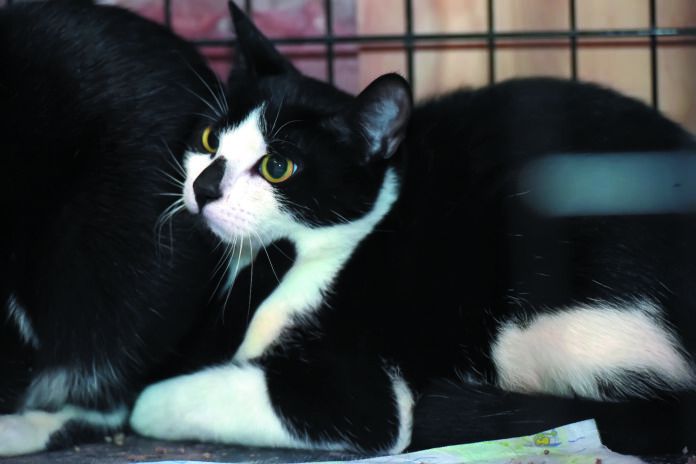You notice a couple of eager cats clamoring for your attention when you go to adopt one from your local shelter, but it’s the shy one in the corner who has stolen your heart. You see how cowed and unhappy she looks living in an “institution,” and you know that while others will adopt the outgoing felines, she’s the one you need to take home and nurture to a sense of security. You want her to reach a place where she feels happy about being given attention.
Will she come out of her shell once she arrives at your home? Yes. She may remain on the shy side, but she will still feel happier and more confident than she did at the shelter. Some timid cats taken home from a shelter even become interactive companions who enjoy the company of the people they live with. Whichever way your cat’s personality reveals itself once she settles in, there are steps you can take to help her reach her full potential for comfort and a feeling of safety. The ASPCA recommends the following.
1. Start your cat’s new life in a quiet space. A shy cat that you bring home from the shelter needs a small, quiet room like a small bedroom to decompress, the ASPCA advises. Make sure the room is super cat-friendly by providing plenty of hiding spaces both down low and up high.
2. Go at her pace. Your instinct may be to try to hold your new pet, stroke her, and engage in a lot of interaction. But let your intellect guide you. As you know, cats like to be the ones to call the shots and decide how close they’re going to get to someone, and how quickly. Leave it to your new companion to decide the right time for interaction, and what shape that interaction is going to take — whether petting, feather chasing, or something else. Sometimes, not paying any attention to your pet at all, other than feeding and cleaning the litterbox, works as a great strategy for piquing her interest in you. (A tasty treat offered here and there never hurts, either, as long as you don’t push it.)
3. Remain patient. You’re on cat time now. What that means is that your cat may not be ready to be social when you are. She’s ready when — and if — she’s ready. Don’t worry. Even a retiring cat will end up butting you with her head or purring when you pet her. And your feeling of satisfaction will be much sweeter knowing you didn’t stress her by trying to accelerate her timeline.




